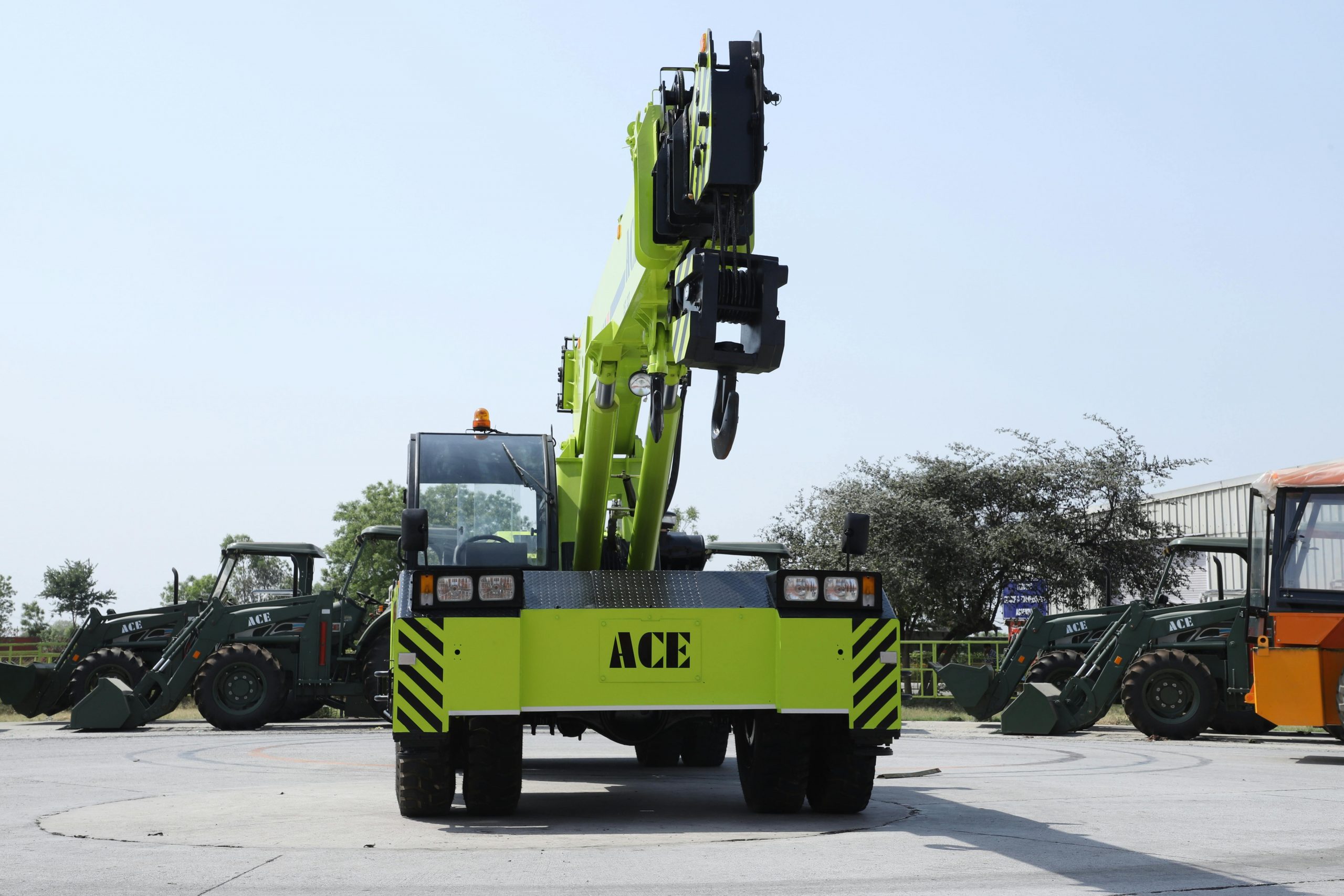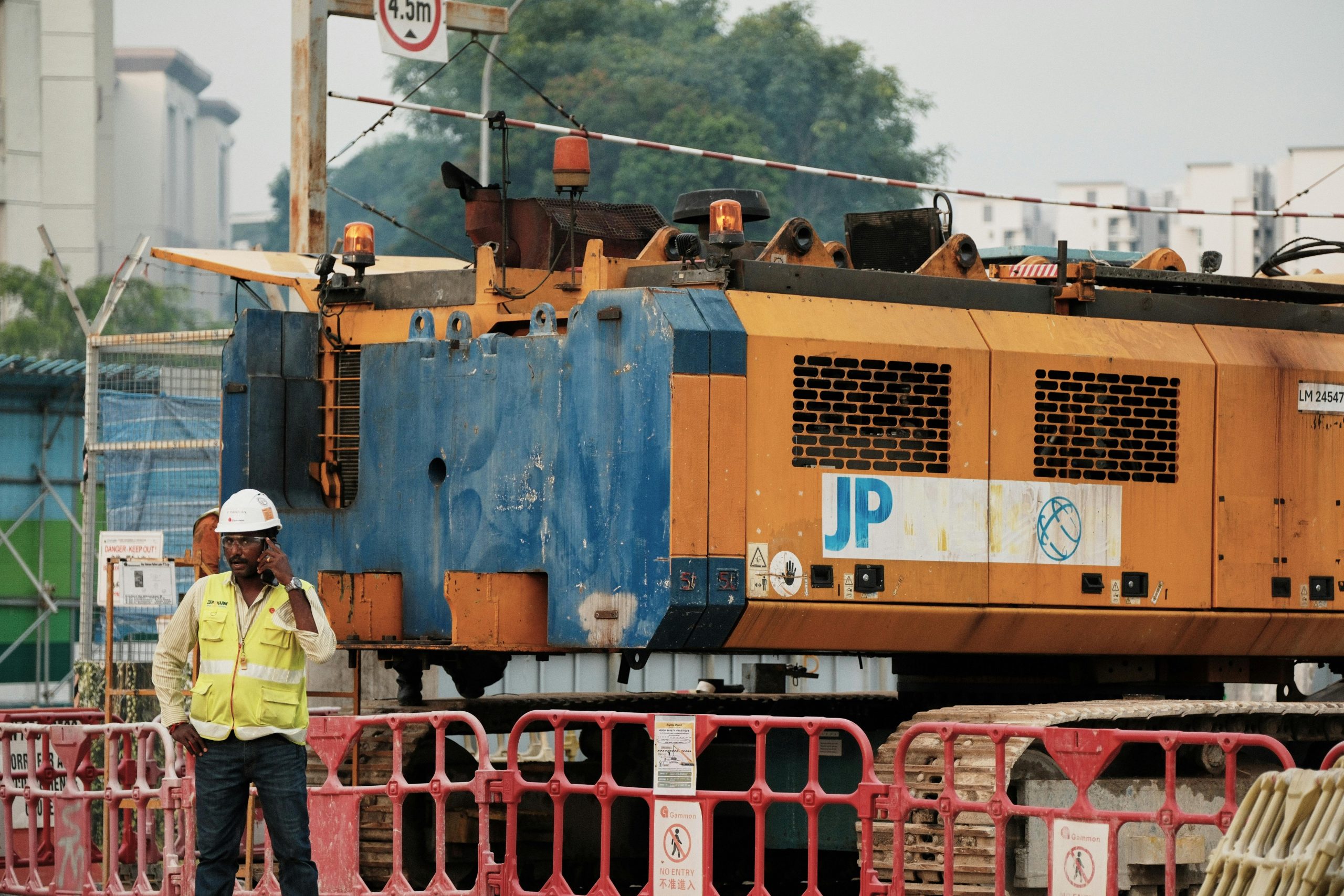- Emergency lifting needs can arise from weather events, equipment failure, or last-minute schedule changes.
- Every site should have a pre-approved emergency lifting plan and contact list.
- Choosing the right type of crane on short notice is critical for safety and efficiency.
- Partnering with a crane company that is available 24/7 ensures rapid response and minimal downtime.
- Safety protocols must be strictly followed, even during high-pressure emergency lifts.
- Insurance and permitting should be considered before lifting begins—even in emergencies.
In construction, the unexpected is expected. Equipment can fail. Structures can shift. Deliveries can arrive late. Weather can throw off even the most tightly coordinated plans. That’s why emergency lifting—the ability to perform a safe, efficient lift on short notice—is a vital part of modern job site logistics.
Without access to fast, qualified lifting support, an entire construction timeline can be derailed. That’s where working with a crane company that is available 24/7 becomes more than a convenience—it becomes a necessity. In this article, we’ll explore the best ways to prepare for emergency lifts, choose the right equipment, and protect your team, your timeline, and your bottom line.
What Counts as an Emergency Lift?
Emergency lifting scenarios aren’t just about speed—they’re about responding under pressure without sacrificing safety. Here are common triggers for on-demand crane use:
Common Emergency Lift Scenarios:
- Collapsed or unstable structures requiring immediate removal of heavy materials.
- Equipment failure, such as a stuck loader or broken boom that blocks job site access.
- Storm damage, including downed steel, scaffolding, or large debris.
- Time-sensitive installations where a delay can halt downstream tasks.
- Missed delivery windows where lifting must happen after-hours or weekends.
Whether it’s a matter of clearing the site or completing a high-priority lift during a narrow window, you need more than just manpower—you need the right equipment and the right team on call.
Why You Need a Pre-Planned Emergency Lift Protocol
When the pressure is on, there’s no time to scramble for contacts, crane rentals, or permits. Emergency lifting situations demand rapid, coordinated action. Without a plan, even minor emergencies can spiral into delays, safety risks, or costly missteps.
That’s why experienced construction teams build emergency lift protocols into their initial site planning. These protocols act as a blueprint for handling the unexpected—ensuring everyone knows what to do, who to call, and how to execute a safe and timely lift.
Here’s what a complete emergency lift protocol should include:
A Vetted Crane Provider with 24/7 Availability
Establish a working relationship early with a crane company that is available 24/7. This means confirming their ability to dispatch equipment and certified operators on short notice, including nights, weekends, and holidays. They should have a proven track record of emergency response and offer a variety of crane types to match different site conditions.
Tip: Keep their contact details posted prominently on-site and in your emergency procedures binder.
Clear Communication Protocols (Who to Call, in What Order)
Time-sensitive lifts require clear communication. Create a call chain that outlines exactly who is responsible for activating the emergency lift plan. This should include the site supervisor, safety manager, crane provider contact, and a backup for each role.
Tip: Conduct a quick drill at the start of each project to review this chain with your team.
Emergency Site Maps Showing Rigging Points and Safety Zones
Emergency situations are often chaotic. Detailed maps help reduce confusion and direct crane crews quickly to the right location. These maps should include rigging anchor points, load paths, crane setup zones, pedestrian barriers, and emergency access lanes.
Tip: Store digital versions in a shared folder and print hard copies for easy access.
On-File Equipment Specs and Weight/Load Estimates
One of the biggest causes of lifting delays is the lack of accurate load data. Keep a record of common lift items—such as HVAC units, prefabricated sections, or steel beams—with their weight, dimensions, and center of gravity. This enables the crane provider to recommend the right equipment fast.
Tip: Update these specs any time equipment is swapped or delivery models change.
Access to Updated Permits (or Rapid-Permitting Channels)
Lifting during off-hours often requires local authority permits, especially for public road closures or night work. Keep current documentation on hand and develop a relationship with permitting offices to fast-track approvals when time is limited.
Tip: Some jurisdictions offer pre-approved permit applications for emergency use. Check if this is available in your area.
A Chain of Command for Lift Approval and Documentation
No lift should happen—emergency or not—without proper authorization. Assign responsibility to a qualified lift director, project manager, or site superintendent to review the plan, confirm safety measures, and give the final go-ahead. They should also oversee documentation for compliance and insurance purposes.
Tip: Use a standard emergency lift log to capture the date, time, team members involved, load specs, and outcome of the operation.
Having these elements ready turns a stressful situation into a controlled response. With a pre-planned emergency lift protocol, you’re not just reacting to problems—you’re managing them with clarity, confidence, and coordination.
Choosing the Right Equipment on Short Notice
Not all cranes are equal—especially during an emergency. The right lift depends on several factors, even when time is tight:
- Weight of the load
- Height and reach required
- Ground conditions (soft soil, gravel, pavement)
- Available setup space
- Proximity to traffic, power lines, or buildings
Fast Equipment Matching:
- Mobile cranes are ideal for small-to-medium emergency lifts.
- Truck-mounted cranes offer rapid deployment to multiple job sites.
- All-terrain cranes are versatile and excellent for mixed-surface environments.
- Crawler cranes are better for heavy industrial sites but require more mobilization time.
Work with a crane company that provides 24/7 dispatch and setup crews to ensure the equipment arrives ready and configured for the task.
Working with a Crane Company That’s Available 24/7
The best emergency lifting outcomes come from existing relationships with crane partners who operate around the clock. Here’s why:
Benefits of 24/7 Crane Services:
- Immediate access to operators, riggers, and setup crew even during nights or weekends
- Reduced downtime thanks to faster mobilization
- One-call coordination, including permits, traffic control, and safety planning
- On-call maintenance and inspection services to keep equipment safe under pressure
Whether it’s 3 AM or during a holiday, having a crane company with 24-hour support gives your team the flexibility to stay on schedule no matter what happens.
What to Look For:
- 24/7 phone access—not just a voicemail box
- On-site response time guarantees (e.g., “2 hours or less”)
- Fleet availability (variety of cranes ready for deployment)
- Operator certification and night crew availability
Following Proper Safety Protocols During an Emergency Lift
Rushed lifting operations can be risky. That’s why safety can’t be skipped, even during a time-sensitive situation.
Emergency Lift Safety Checklist:
- Secure the area: limit access to essential personnel only
- Re-inspect the load and lifting points—even if it was previously rigged
- Review crane capacity and swing radius under current site conditions
- Have a spotter or signalperson with a clear view of all movement
- Ensure all lighting and visibility needs are met for night work
- Log the lift with timestamps, crew roles, and observations
Partnering with a crane company experienced in emergency safety procedures is critical. They should already be prepared to assess, brief, and manage the operation without cutting corners.
Insurance, Permits & Legal Considerations
Even during an emergency, you’re still liable for what happens on your site. That includes any damage, injury, or legal violations related to lifting work.
Key Considerations:
- Confirm that your builder’s risk insurance covers emergency crane usage
- Ask your crane provider if they carry liability and equipment insurance
- Know the local permitting rules—many cities allow expedited permits for emergencies
- Ensure all operators and riggers are OSHA-certified and documented
- Log all emergency lifts for future audits, claims, or safety reviews
Many 24/7 crane providers handle these documents in-house, which is a huge advantage during chaotic moments.
Conclusion: Preparation Turns Emergencies Into Opportunities
Emergencies will happen on construction sites. But with planning, preparation, and a strong partnership with a crane company that is available 24/7, you can respond with confidence—not chaos.
Make sure your team:
- Has a written emergency lifting protocol
- Maintains current load specs and site maps
- Builds relationships with reliable, always-on crane providers
- Reviews safety and insurance documentation in advance
When lifting can’t wait, being ready is the difference between staying on schedule and falling behind.

